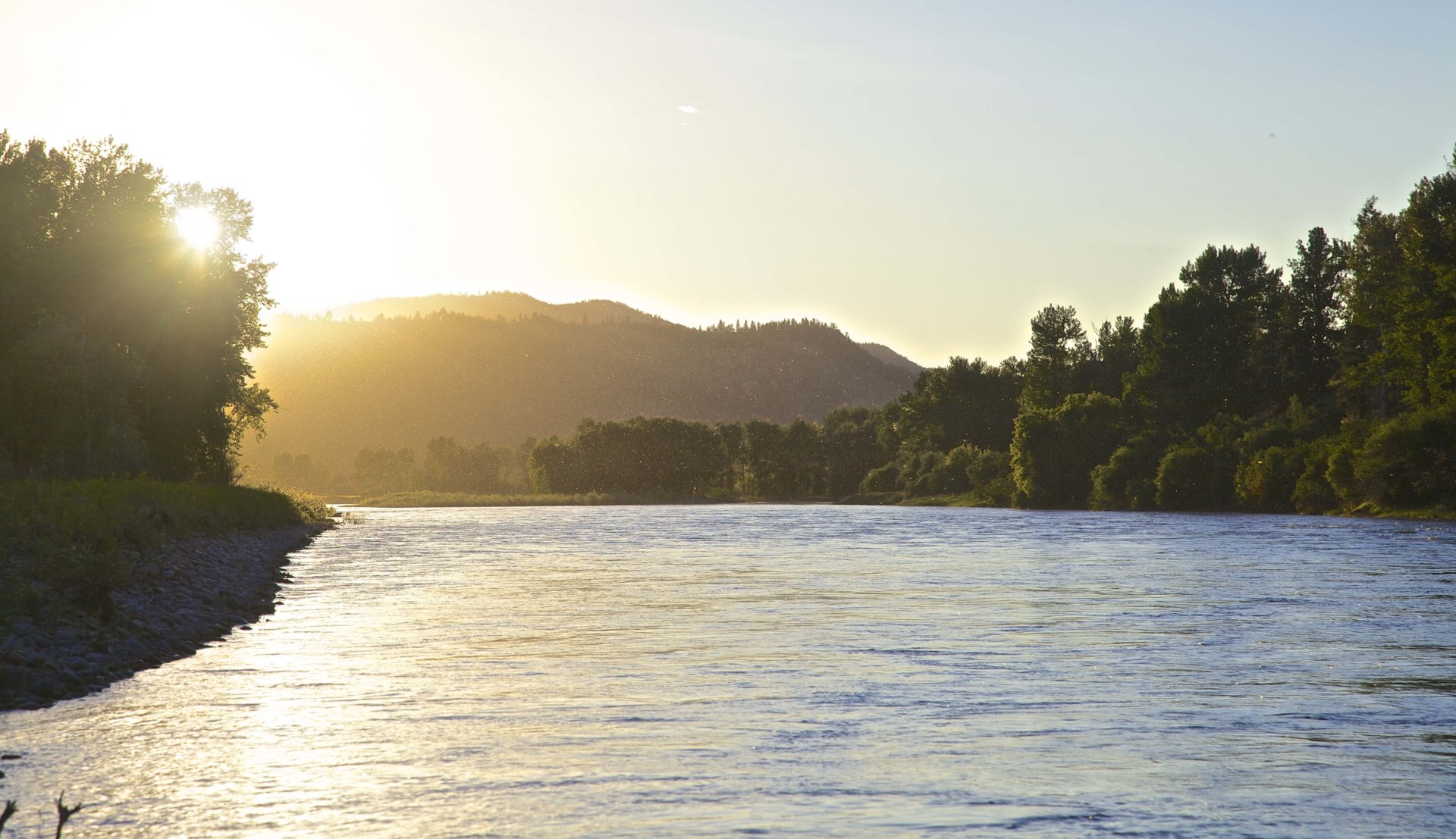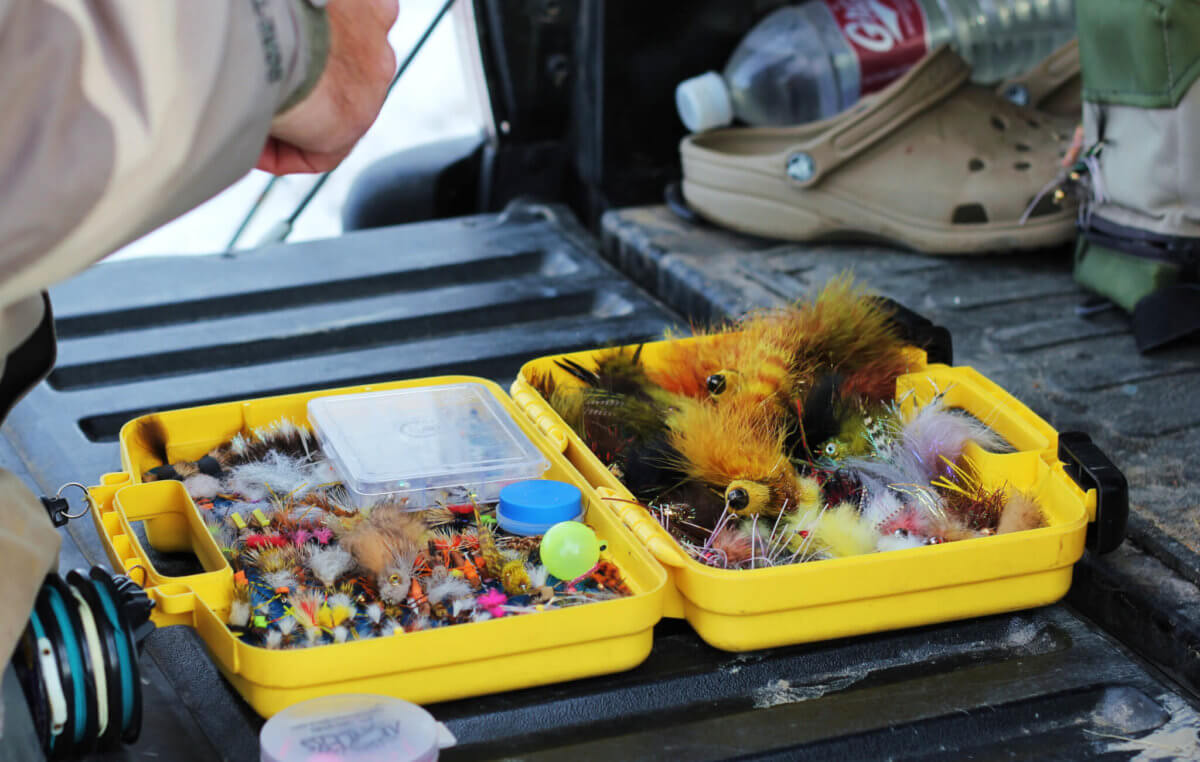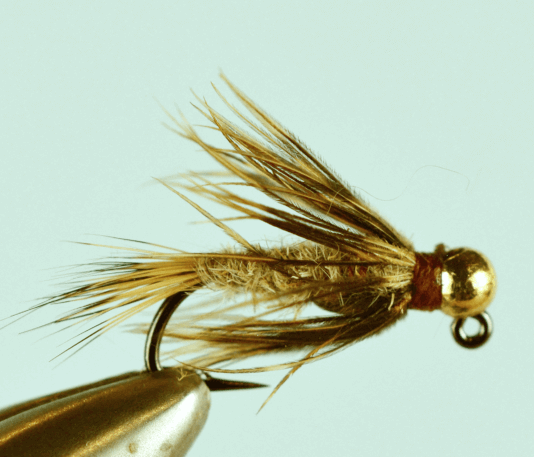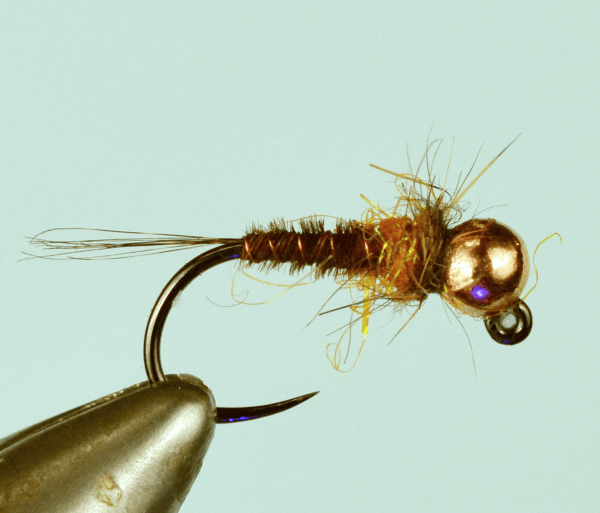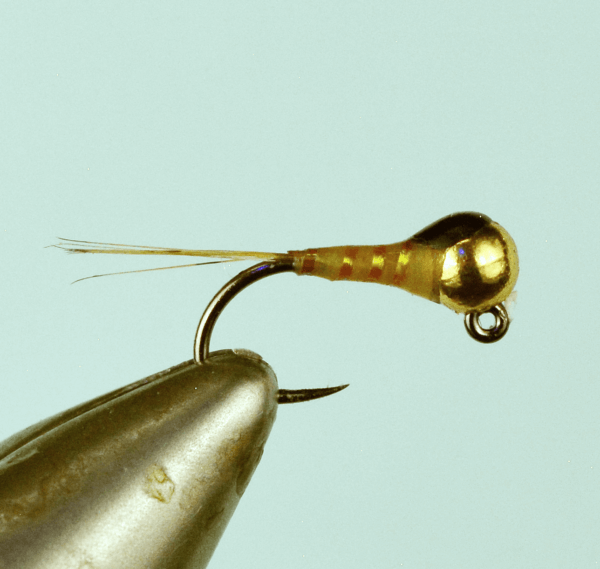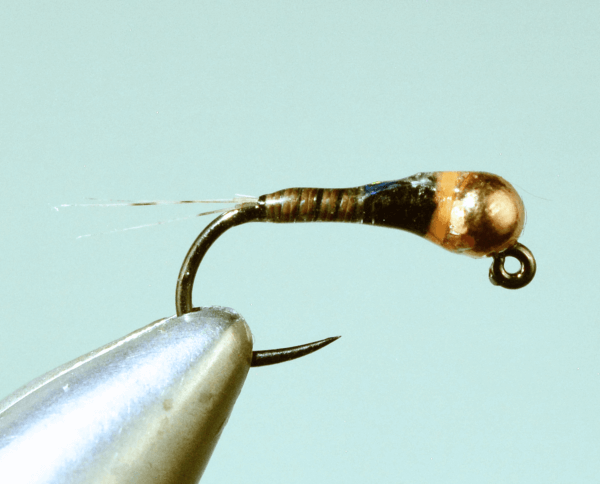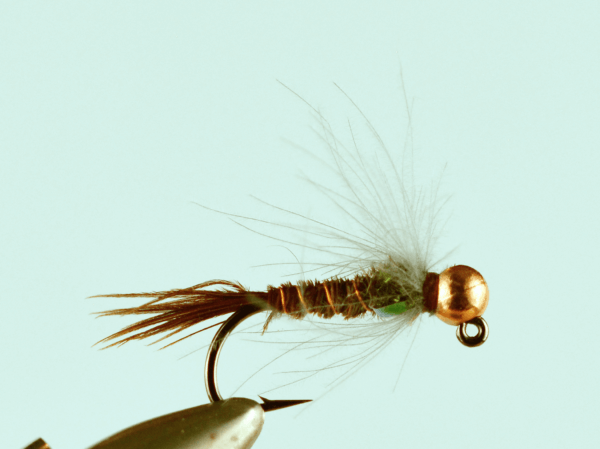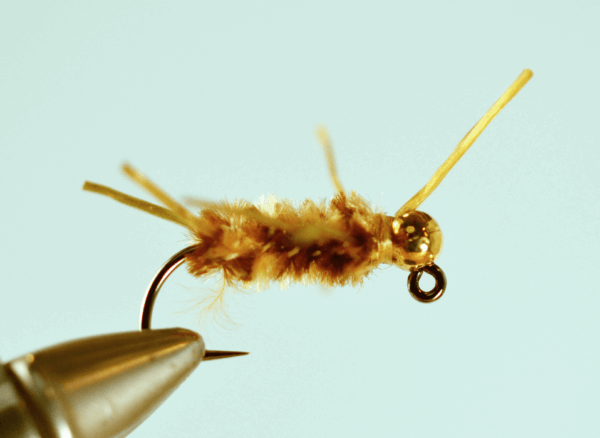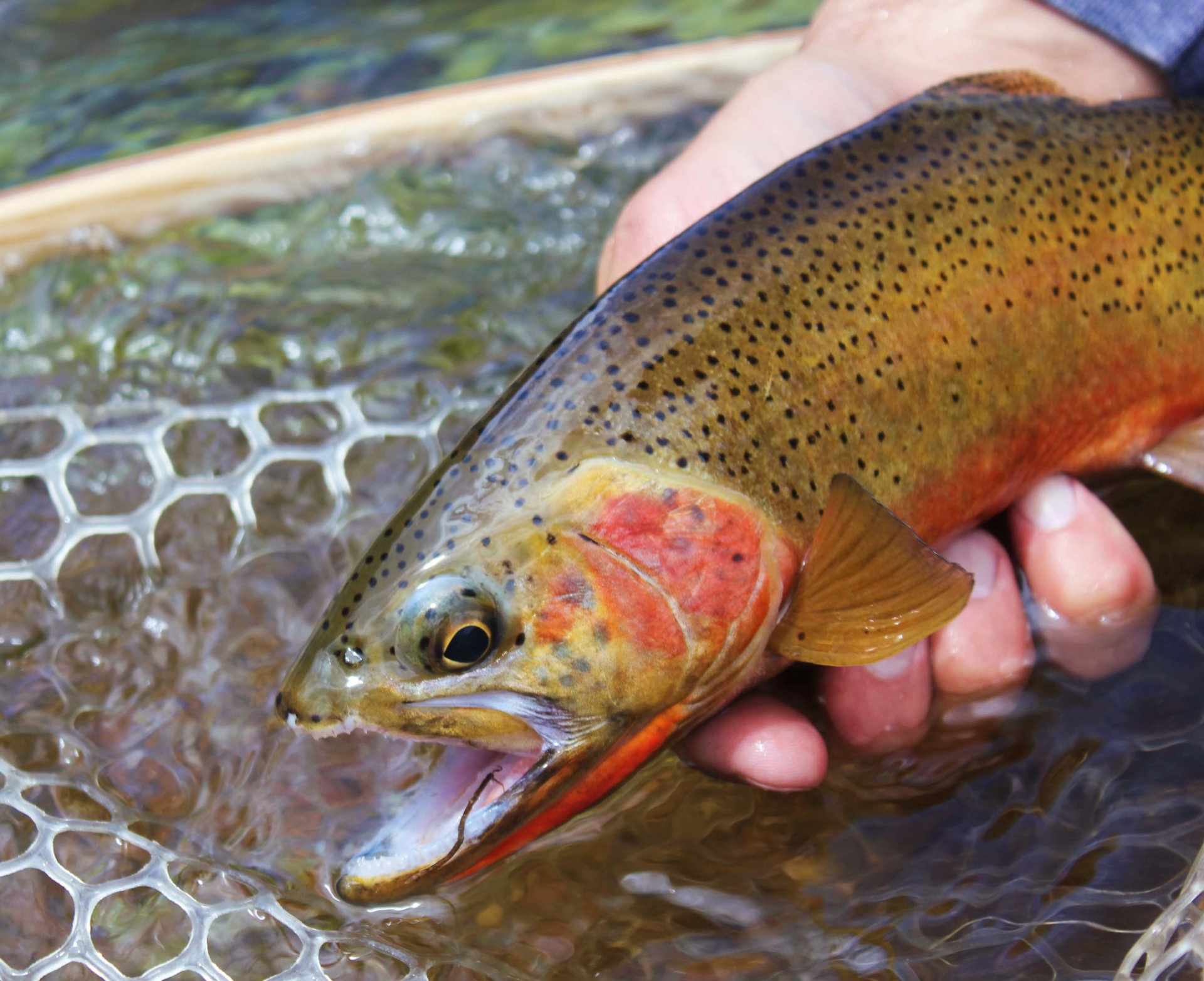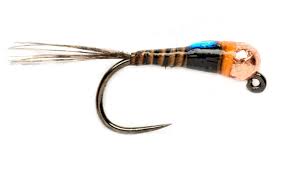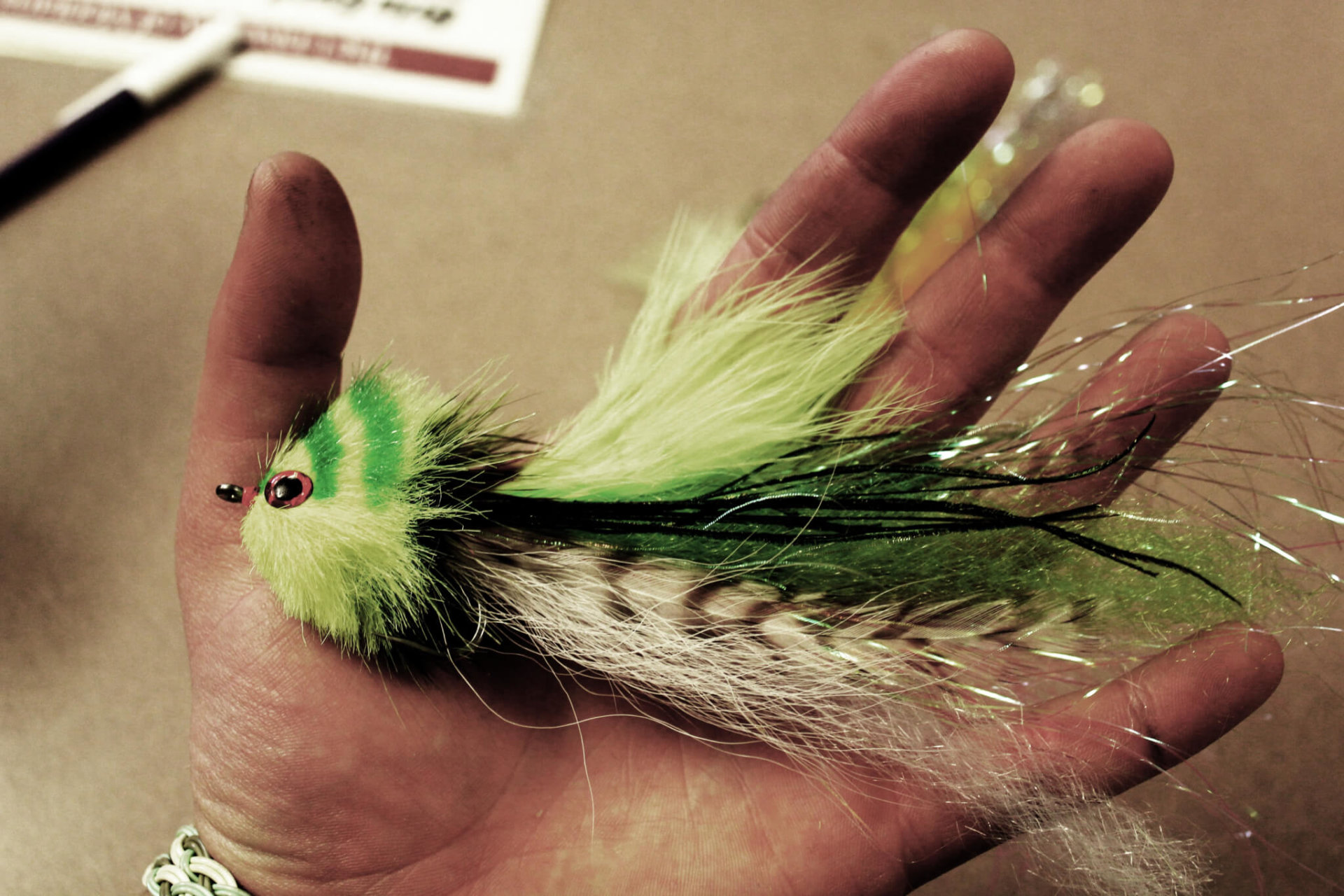A fly box is a lot like your underwear drawer. It holds what’s important, it keeps our secret treasures, and we use it as often as possible! There’s nothing so personal in fly fishing as your flies. Say what you want about your rod, reel, waders etc, there are others with the same stuff. We all dip into the same well for our big tackle, we all have access to the same sources. But our flies, that’s a completely different picture. As we move through the fly fishing world, the only thing that truly separates us as anglers is the flies we take with us to the river.
Every fly box is a story. Open any box and the memories come flooding back. The salmon fly you got from that crazy guy on the river. You said howdy, and next thing he’s giving you flies he tied, and telling you it’s the only fly that works on Rock Creek right now. With his sun faded hat, wispy gray hair and wrap around glasses so dark you can’t see his eyes, he makes you take two, because one isn’t going to be enough to sustain you through the day. If you hadn’t lost one in some overhanging branches, it wouldn’t have been tugged all day, but you’ll never forget the kindness, the joy of his fishing, and the nagging thought about who thought it was a good idea to use a green and red fly during the salmon fly hatch!
You open your nymph box, and see the rows and rows of flies slid into their foam homes. Except the one section that’s bare. You know that means a trip to the fly shop, because of all the flies in that box, those are the ones that work. Why you’ve honed in on the SR Quill Body Bullet, well, you just don’t know. But it works, and all of a sudden, all those other flies feel lost without a fresh supply of the new favorite. It will take its place beside all the old favorites, some so out of favor the rust has stained the foam. But there they stay, because you just never know . . . . . .
Once in a while, we look back and think, what if we just had one fly box, like when we were first starting out fly fishing. We hear rumors of anglers who can do it! Look at those Tenkara people, roaming the river with technology that harkens back to Dame Juliana and maybe a dozen flies. If only we had that intestinal fortitude and certainty in our choices. But some anglers can’t, and more just won’t! The fly is the one piece of tackle that comes into contact with the fish. Your flies are a beacon of hope, the answers to our fishing prayers, the path that could make us king of the river. What if today is the day a green and red salmon fly is the magic? Can we really leave it at home? The what ifs start to accumulate. So you rationalize. Do I really need a sandwich in that vest pocket? Just how critical is a pocketful of snacks. And then you go hungry, for flies. And its not the first time, as you think back to the last time you went to the fly shop!!
Ultimately, the fly is the thing you have the most control over on the water. You don’t design rods, you don’t manufacture lines. But if you choose to, you can make your own flies. Or you can haunt the fly shops, looking for the one fly that will turn the ship around. So often, as we work the shop, a customer will enter. Asked if they need help, the answer is no, they just couldn’t pass by a fly shop. Hope springs eternal! We know it’s at least a $20 sale, whether it’s flies or materials. Because they know, they just know, that the secret could be in our fly bins. What the secret is, well they’re not sure as they walk through the door, but they’ll know it when they see it.
We see the best fly fishing guides in Missoula on a daily basis during the season. It’s so much fun watching the different ways they shop for flies. Some will look at every fly they buy, holding it up so they can see it from the bottom, examining each wrap for its placement and balance. Some assiduously count their flies, never buying an even number. Some just reach into a bin and grab what looks like the correct amount, like they’re buying by weight. Some come in groups, discussing the various patterns and what’s hot, what’s not. But always, they’re on the lookout for something new, something fresh, something to guarantee their guests have the best Missoula fly fishing possible. They trust us to have what they need, when they need it.
Because, truth be told, we’re the exact same way. We believe the fly is the answer, the game changer, the key to our happiness. Sure, we mend, we change tippets, we get new line, we look at new rods. But when it comes to flies, we are constant tinkerers. What can we add that makes us better. What fly is so hot it scorches the wooden bins? People marvel at our dollar box. “How can that fly be there?” Every fly in the dollar bin is a hope that wasn’t answered as well as we thought it would be, every fly is there because we thought it was the answer, and then, not so much. But none of those flies that have been relegated to that bin are so silly we wouldn’t try them again at some point, maybe when the scorcher has lost its fire. That’s when we look for the rust spots in our nymph box, hoping that absence has made the trout’s hearts grow fonder.
Because no one cleans out their fly box. The rust? It may work as an attractant. A red and green salmon fly? Funnier things have happened. And what if it turns out you do need a Purple Haze with no hackle? There it is again, what if. That’s what flies are all about. Each one has the potential to change the day. Each one has the ability to be the next big thing. Again, it all boils down to what if. So they stay in the box, in all their glory, some ragged, some rusty and some ridiculous. But all carrying the possibility, all carrying the potential, all with a chance to solve the riddle, charm the snake and make your Montana fly fishing day!
